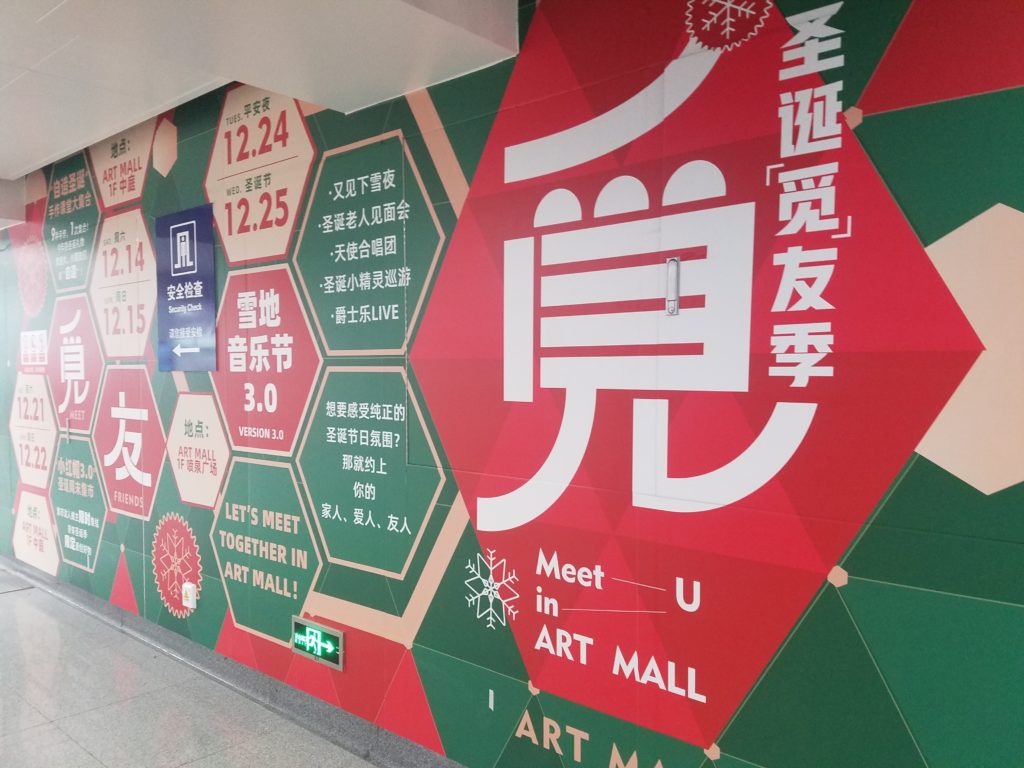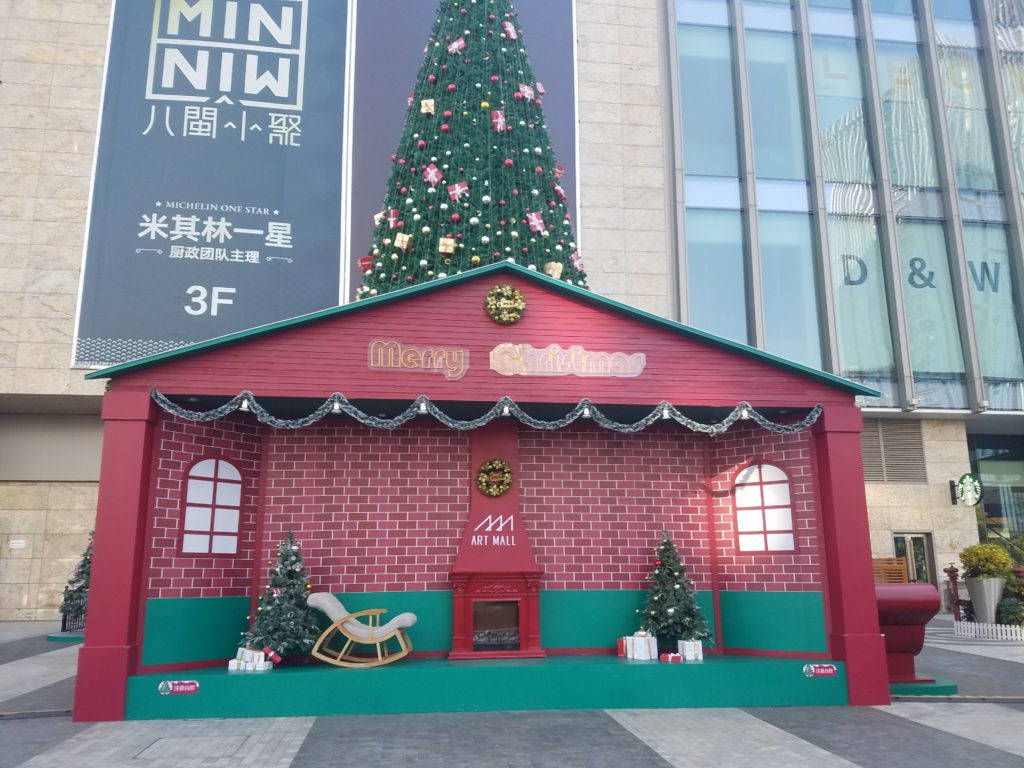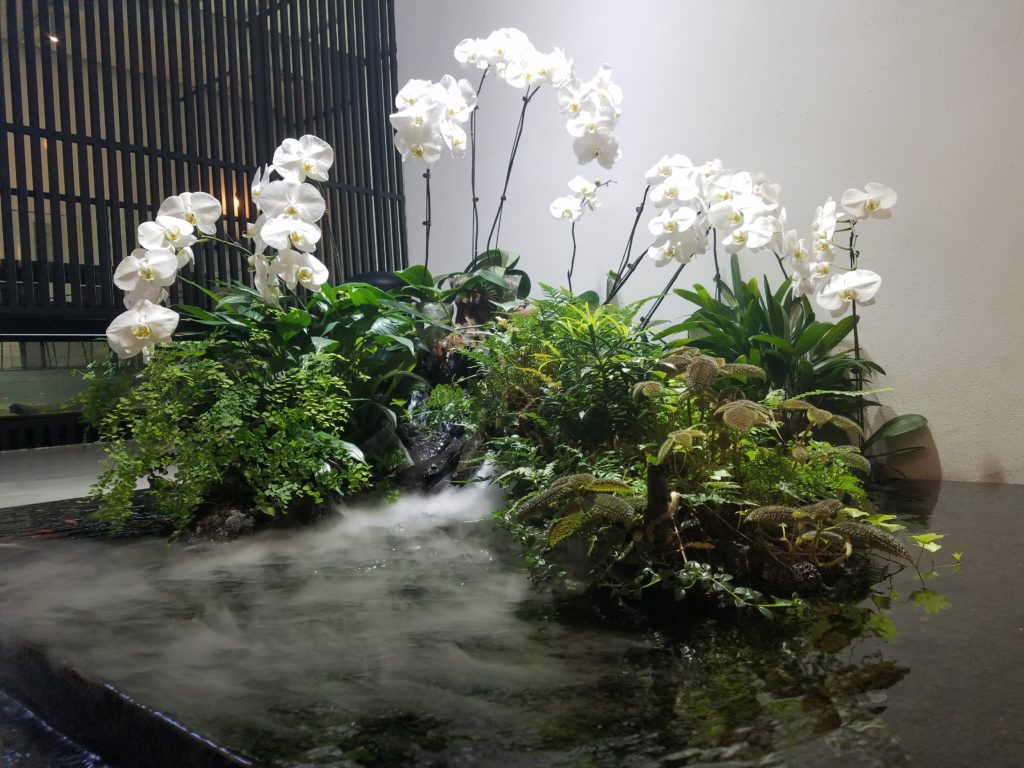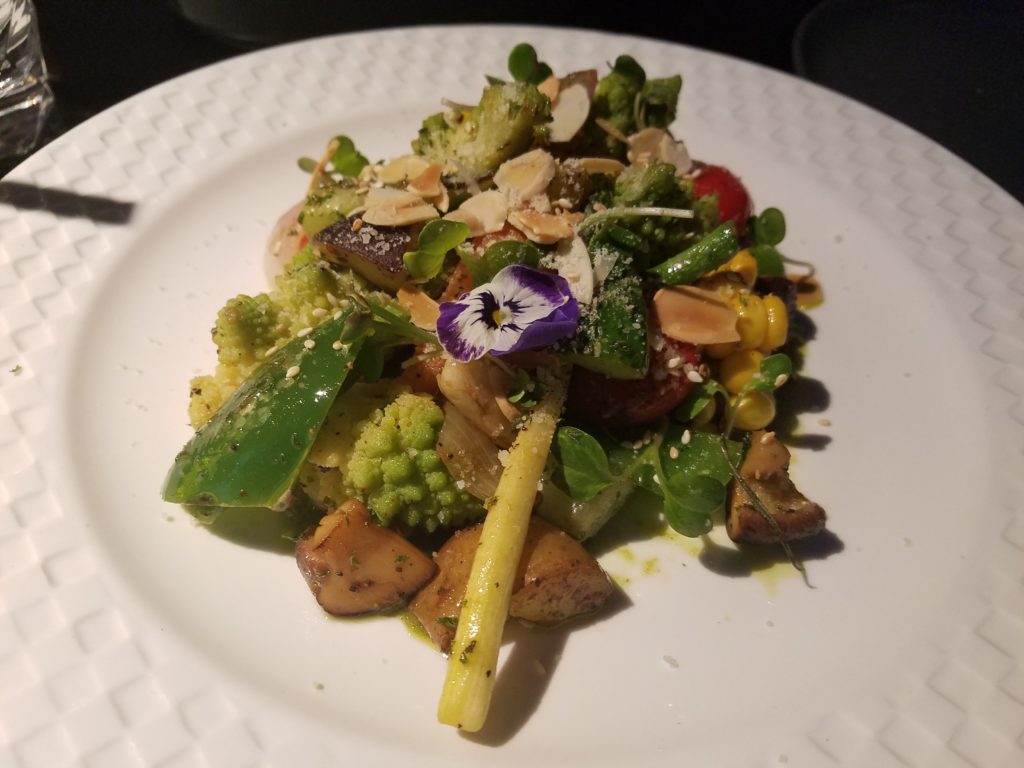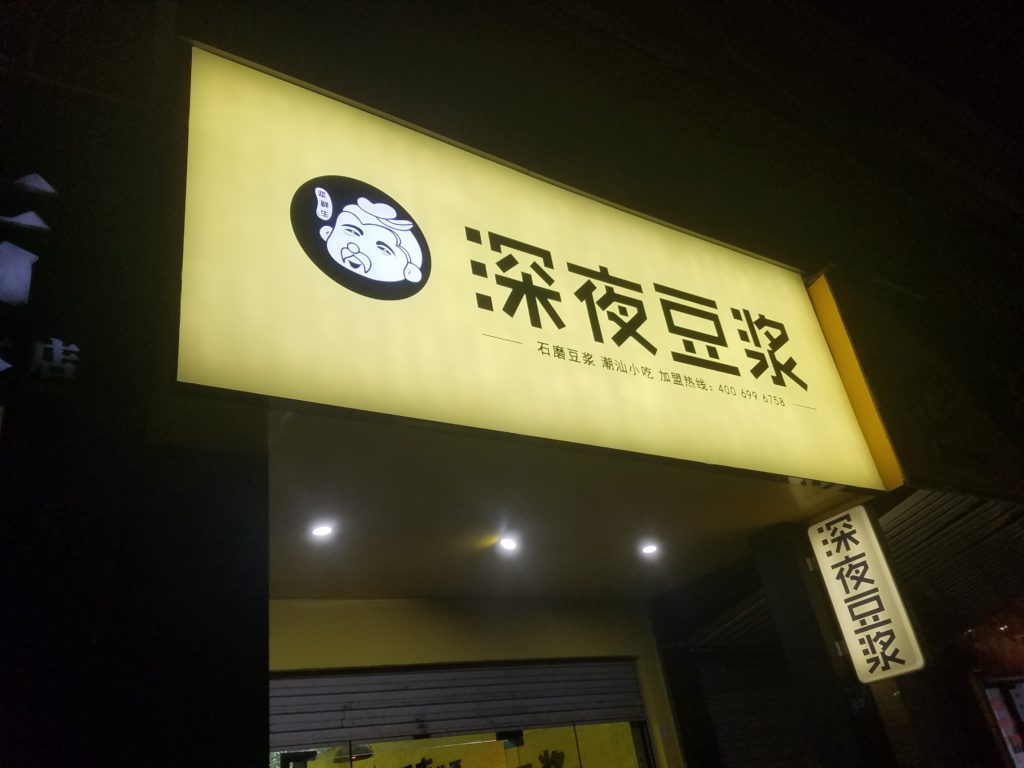As a new year unfolds, I’ve been thinking about what the future has to bring.
While these thoughts have been intermittent throughout the past few months, I’ve finally decided to take the time to process them rather than just have them pass through.
One year ago, I was in Portland, unsure of where I would be in the coming year. I had just applied to Fulbright, as well as to three programs in Japan. While coming to Fuzhou was a possibility, it was not one I thought was likely—especially considering the stringently selective evaluation process. Besides, given my obvious bias towards applying to programs in Japan, it was more likely that one of my Japanese routes would come through and I would end up in Tokyo, Yokohama, or elsewhere on the archipelago for my first year after graduation.
I still remember the day I emailed my advisor in a panic when I received that fateful email from Fulbright telling me not that I was accepted, but that I would have to wait for further decisions.
“I think you’re just going to have to wait at this point,” he relayed to me via email.
And so I waited.
It wasn’t long before I received an official Fulbright offer, which came with a request for a prompt acceptance. I didn’t have time to consider my other options—which at that point had yet to arrive—and perhaps that’s for the best. It was quick, easy, and simple.
After my accepting my Fulbright, my future seemed relatively assured for the next year. I would be in Fuzhou, China doing tea research. While the details were murky, the overall sense of time and location was set. But it was not until late-summer—weeks before my arrival in China—that I finally got my last few documents ensuring that I would actually be able to execute this project.
This reflection has made me realize how uncertain this world is.
Our vision of the future, no matter how we might envision it, is merely that: a vision conjured by our skewed perceptions of reality and our limited projections of what might happen.
If you were to ask 12-year-old Andrew what he thought he would be doing in the year 2020, he probably would have said something along the lines of being in pharmacy school or starting his first year at Google as a software engineer.
Twelve-year-old Andrew had never heard of the word “Fulbright,” nor did he know that people actually made careers out of researching Asian history and culture. How could he have possibly predicted he would eventually seek this path?
Thus, I have no strict predictions of where I will be in 2030.
I tell myself now that I will (hopefully) be done with school, perhaps with a doctoral degree in hand, and that I will be gainfully employed by some liberal arts college where I can teach a small seminar on tea to a group of engaged and curious students, and then spend entire afternoons in my office chatting with undergraduates over cups of steaming tea, an iron kettle eternally bubbling next to my desk.
But just as 12-year-old me was woefully inaccurate about where I would be as a 22-year-old, I know I will be equally wrong about my current predictions. However, this doesn’t bother me in the slightest.
While I recognize the need to have a goal and a sense of direction, I also have no qualms about shifts in direction. Paraphrasing one of my past teachers, the circumstances we are currently in are the best circumstances for us. Our circumstances constantly change, but as we adapt and respond to the changes around us, we are able to make the best of our circumstances.
Objectively, who is to say that one circumstance is ultimately better for us than another circumstance? While I might wonder what my life would be like had I gone to Japan rather than China, or if I had stuck with Computer Science rather than study the evolution of loose-leaf tea culture, these thoughts quickly fade as I come to the conclusion that I do not know—and will never know. These paths might exist in alternate universes, but in this present universe, I will only know the effects of my past choices and influences.
Surely, I would not be where I am today if I had stuck with the Computer Science or even the Psychology route. But would I still be here if my senior thesis was on calligraphy rather than tea? Who knows.
Looking back at these past choices, from the most impactful decisions to the minutest of thoughts and actions, each one has molded and shaped my path—even if I did not have the foresight to know what I was creating. Taking the Daoist example of the uncarved block, what starts as a canvas of infinite possibilities is gradually whittled down with each scrape, cut, and sanding, losing its realm of possibilities until its final shape is complete.
Does the carver know what the finished product will be? Can he see it within the uncarved block, using each of his precise movements to manifest it?
Perhaps a skilled carver is able to, but I am not a skilled carver.
My vision of the future is hazy—and not just because of the increasing wildfires ravaging our planet. I do not know what my finished product will look like. Besides, how do I know that my initial vision of the final product is the best that can be produced?
As I go through life one phase at a time, I try to make the choices that align with what I hope the future will be. Will my choices hurt others? Are they generally beneficial? Will they come back to haunt me later? Should the answers be sound, I proceed, venturing another step forward into the unknown and committing another slice to the uncarved block.
Granted, while my vision is hazy, having a general vision ensures that I don’t step too far away from where I want to be heading. I won’t lop off half the block with a sudden, impulsive addiction, nor will I suddenly decide that on second thought, I want to be an accountant and veer my life in a completely different direction.
While I am barely at the quarter-point of my life, I feel like there has been so much shaved off of the block that I am left with the task of fine-tuning the details. How much of these were decided when I was born in Portland, OR, where I was offered 13 years of public education, a cocktail of immunization shots in infancy to minimize my chance of dying young, and brought home by two loving parents who were committed to my well-being?
By these statistics alone, much of my life was decided in the instant the hospital’s florescent lights bathed my fresh skin. I was differentiated from billions of others in the world simply through the conditions at my birth, and these distinguishing traits compounded as the years went by. My upbringing, my education, my interests and pursuits—each of them influencing each other—created (and still continuously creates) the personality that I am able to call “me” today.
The web of factors that lead us to where we are now is too complex for me to begin to comprehend. Despite not knowing the full outcomes of our decisions—and the decisions made by those around us—these actions and thoughts made every single day reverberate through time, rippling into the depths of the unknown, affecting future decisions, future habits, and future outcomes.
Now, as I near the midpoint of my time in China, I have been pondering my next steps. Where will I live upon my return to the US? What will I do? How will these choices close or open doors in the future?
Recently, a few routes have presented themselves—often as half-jokes—but I am left pondering about their potential. I purposely avoided graduate school applications this round to leave time for another gap year (or two), but which projects will I pursue in the interim?
When it is time for me to make the decision, I will decide it based on my limited understanding, and it will irreversibly influence my future in ways I can and cannot see or even begin to comprehend.
But at the same time, I don’t feel like it will be a very difficult decision to make. Given that all of my choices lead to paths I am passionate about and eager to explore, I think I will be happy with any of them. My present choices are already limited by my past choices, and what I choose now will further my journey while defining my path just that much more. And with that, I know that whichever decision I make, the circumstances they lead me to will be the best circumstances for me. That is all I can ever know, after all.

